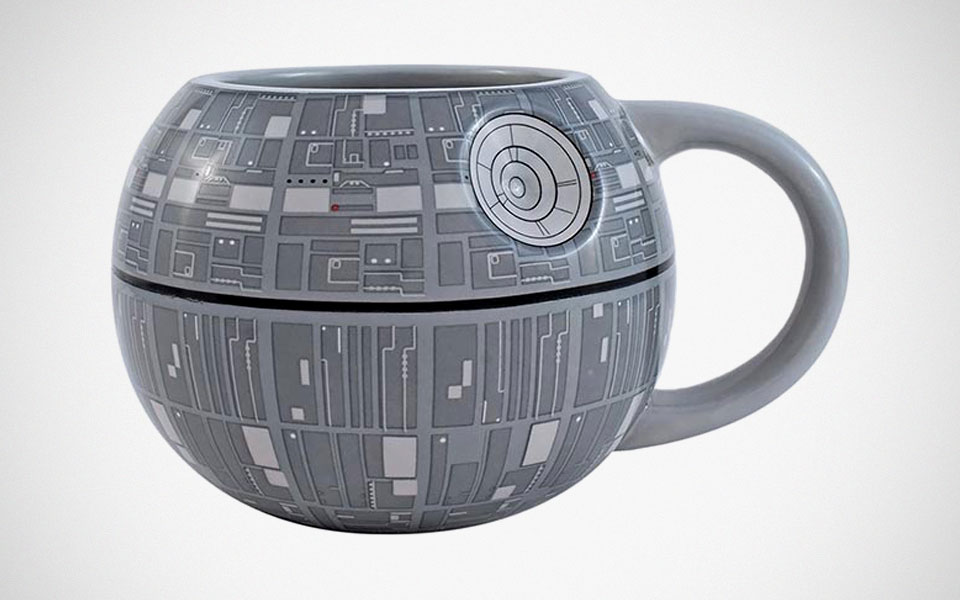Water is an essential part of life, and it’s important to make sure that you are drinking clean water. However, not everyone has access to clean water, and sometimes it’s necessary to treat water before drinking it. In this article, we will discuss the different ways that you can treat water at home. We will also discuss the benefits and drawbacks of each method. So, whether you’re dealing with contaminated water or just want to improve the taste of your tap water, we have you covered!

Boiling the Water
One of the most common ways to treat water is by boiling it. Boiling water is an effective way to kill bacteria and other contaminants. However, it does not remove all contaminants, and it can also make the water taste bad. Additionally, boiled water must be cooled before drinking, which can be a problem in hot weather.
A good way to make sure your water is clean is to boil it for at least one minute. This will kill most bacteria and other contaminants. Since there are several stages of water treatment, if you’re boiling water to remove contaminants, you can also add a little bit of bleach to the water. This will help to remove any remaining contaminants.
Chlorination
Chlorination is another common way to treat water. Chlorine is a chemical that kills bacteria and other contaminants. It is often used in public water systems to make sure the water is safe to drink. However, chlorination can also make the water taste bad.
If you’re using chlorine to treat your water, you’ll need to add a small amount of chlorine to the water. You can buy chlorine at most hardware stores. Once you’ve added the chlorine, you’ll need to let the water sit for 30 minutes before drinking it.
Flocculant/Disinfectant Powder
Flocculant / Disinfectant powder is a chemical that is used to treat water. It is often used in public water systems to make sure the water is safe to drink. This powder removes bacteria, viruses, protozoa, and other contaminants from the water. However, it can also make the water taste bad. This taste can be improved by adding a small amount of lemon juice to the water.
Another drawback when it comes to this type of water treatment is the fact that you need to repeat the process for the best results. Lastly, it might be a bit more costly to use this technique as the prices per liter are relatively higher than with other treatments.
Solar Disinfection

Solar disinfection is a process that uses the sun’s ultraviolet (UV) rays to kill bacteria and other contaminants. This method is effective, but it can take up to 48 hours for the UV rays to kill all of the contaminants. Additionally, solar disinfection does not work well in cloudy or murky water.
If you’re using solar disinfection to treat your water, you’ll need to place the water in a clear container and expose it to direct sunlight for at least 48 hours. After this time, the water should be safe to drink.
Ceramic Filtration
Ceramic filtration is a process that uses a ceramic filter to remove bacteria and other contaminants from the water. This method is effective, but it can take up to 24 hours for the filter to remove all of the contaminants. Additionally, ceramic filters can be expensive, and they need to be replaced regularly.
When you’re using ceramic filtration to treat your water, you’ll need to place the water in a container and let it sit for 24 hours. During this time, the ceramic filter will remove the contaminants from the water. After 24 hours, the water should be safe to drink.
Slow Sand Filtration
Slow sand filtration is a process that uses a sand filter to remove bacteria and other contaminants from the water. This method is effective, but it can take up to 24 hours for the filter to remove all of the contaminants. Additionally, slow sand filters can be expensive, and they need to be replaced regularly.
For instance, in slow sand filtration, you need to place the water in a container and let it sit for 24 hours. During this time, the sand filter will remove the contaminants from the water. After 24 hours, the water should be safe to drink. You should check the filters regularly and change them when necessary.
Reverse Osmosis
Reverse osmosis is a process that uses a semi-permeable membrane to remove bacteria and other contaminants from the water. The reverse osmosis method is effective, but it can take up to 24 hours for the filter to remove all of the contaminants. Additionally, reverse osmosis filters can be expensive, and they need to be replaced regularly.
There you have it! These are some of the most popular methods for treating water at home. Each method has its own set of pros and cons, so be sure to choose the one that best suits your needs.
Featured photo: Mike for Mikeshouts.com.



